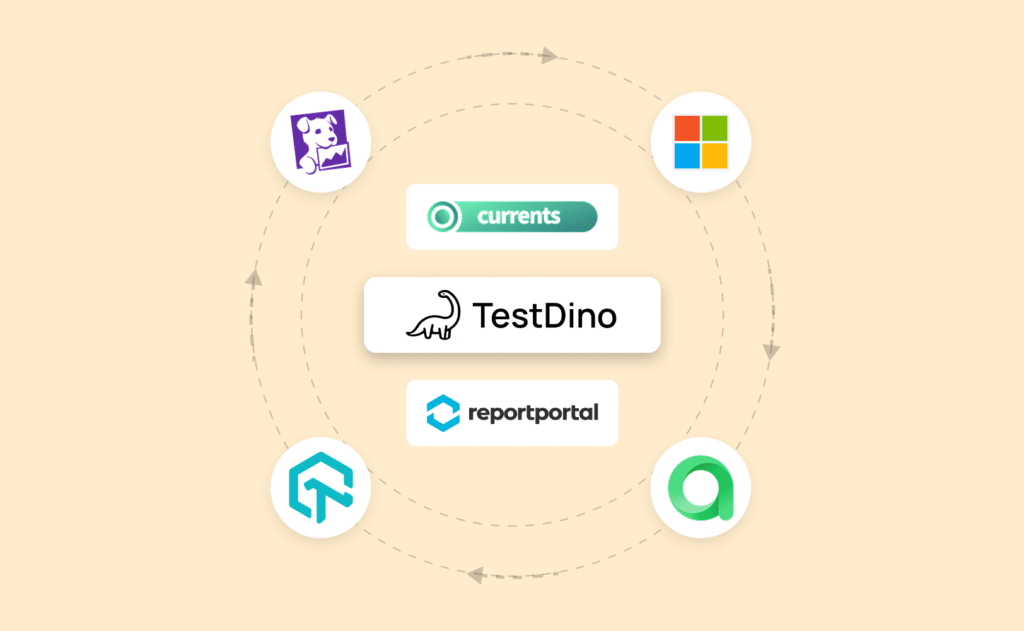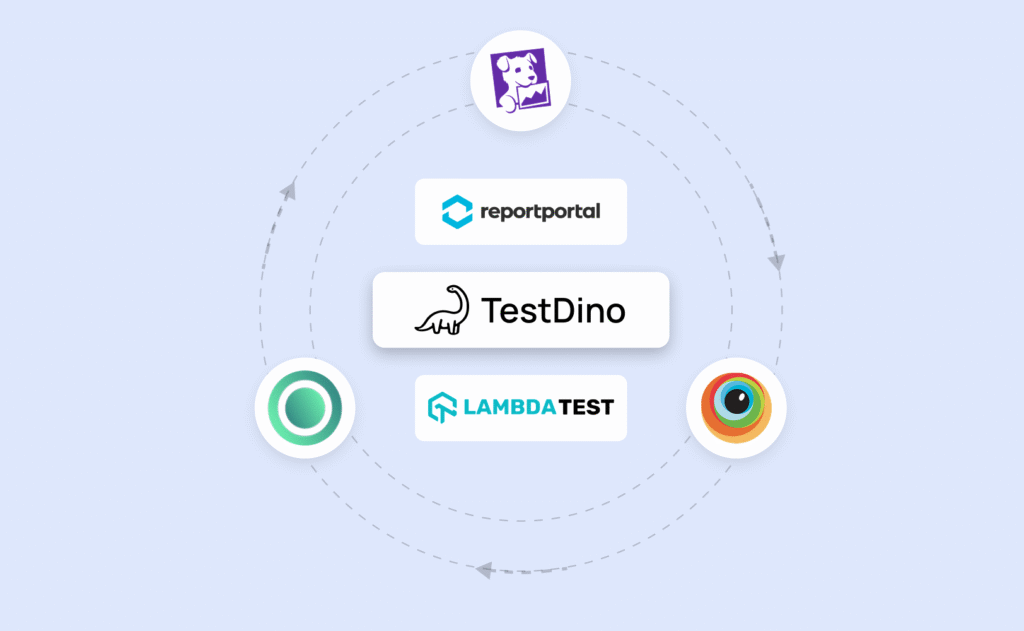Choosing the right QA test reporting tool can feel heavy. While Allure TestOps is popular, recent Allure TestOps reviews from 2025 call out setup complexity and limited analytics at scale.
Many teams are now comparing Allure TestOps competitors and shortlisting Allure TestOps alternatives with faster onboarding, clearer root cause analysis, and transparent Allure TestOps pricing comparisons.
That’s why we’ve rounded up the 7 Best Allure TestOps alternatives for 2025, including a Playwright-first option to help leaders evaluate test automation tools that fit modern CI/CD.



